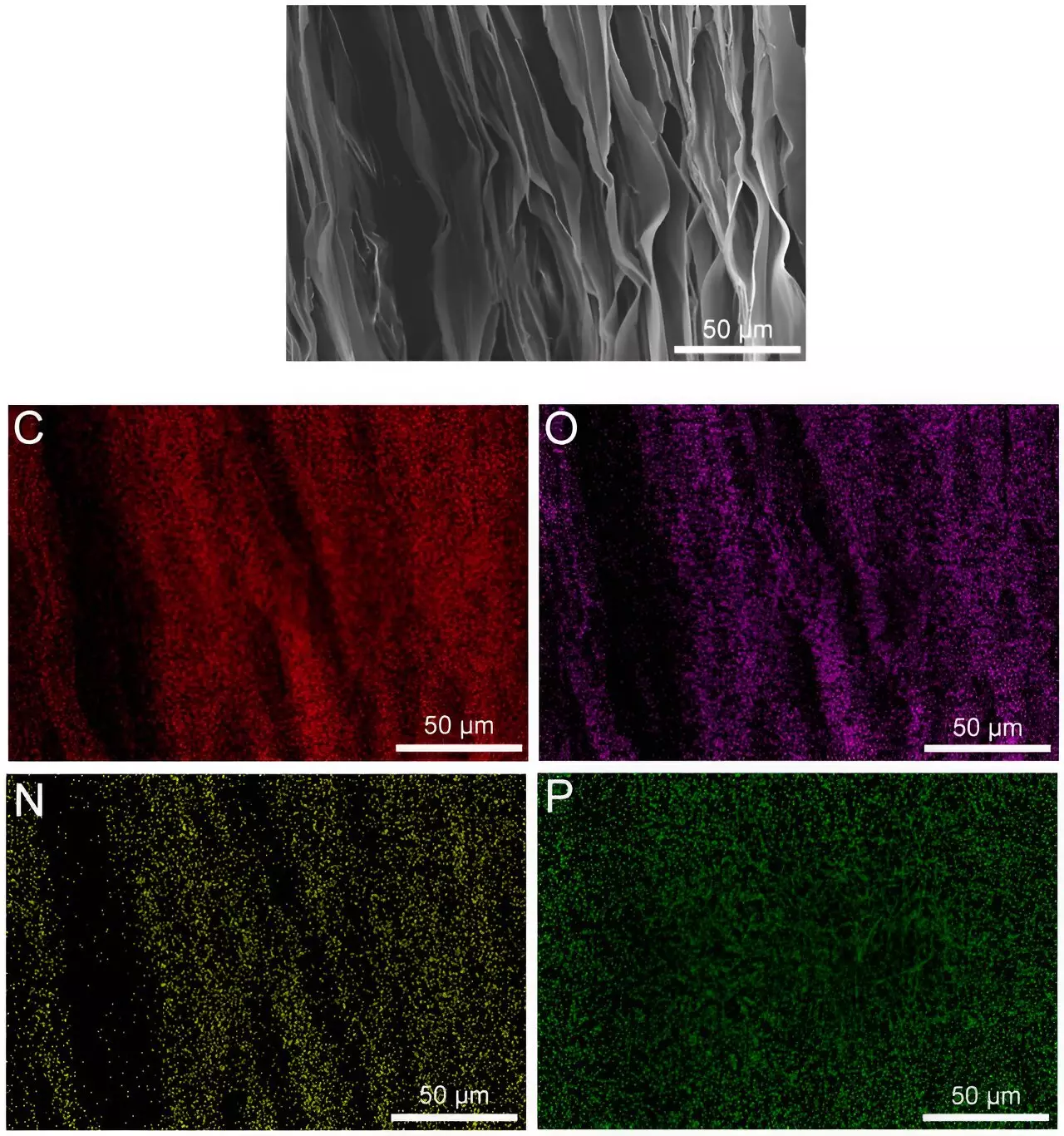In a groundbreaking study published in the renowned journal Science, a team of chemists and materials scientists at Sichuan University in China have unveiled a photoluminescent aerogel with an astonishing visible light reflectance of 104%. This innovative development holds immense promise in the realm of passive radiative cooling materials, offering a sustainable solution to the escalating challenge of global warming.
As the planet faces the escalating threats of climate change, researchers are tirelessly exploring novel avenues to combat rising temperatures and ensure human comfort. One such avenue involves the development of passive radiative cooling materials that inherently possess the ability to dissipate heat without the need for energy-intensive processes. By incorporating a layer of passive cooling material onto surfaces such as rooftops, buildings can significantly reduce heat absorption, thereby lowering cooling costs and enhancing comfort levels.
The Science Behind the Breakthrough
The team of scientists in China achieved a remarkable feat by harnessing the photoluminescence properties of their aerogel. Through photoluminescence, molecules absorb photons in the visible spectrum, exciting their electrons to emit light. By meticulously crafting a material that not only reflects 100% of incident light but also exhibits photoluminescent properties, the researchers succeeded in creating a material that reflects more light than it receives.
Innovative Fabrication Process
To materialize their vision, the research team ingeniously combined freeze-dried salmon sperm DNA with gelatin, resulting in a highly compressed, layered aerogel structure. Held together by hydrogen bonds between phosphates in the DNA and amino acids in the gelatin, the aerogel boasts remarkable resilience and self-healing capabilities. Moreover, the researchers emphasize the eco-friendly nature of the material, underscoring its potential for widespread adoption in sustainable construction practices.
Upon rigorous testing, the photoluminescent aerogel exhibited a staggering light reflectance of 104%, surpassing conventional materials in its cooling efficiency. When applied to structures, the aerogel effectively lowered surface temperatures by a remarkable 16°C below ambient conditions, highlighting its immense potential in mitigating urban heat islands and reducing energy consumption.
The development of this photoluminescent aerogel represents a significant leap forward in the quest for sustainable cooling solutions. With its exceptional light reflectance and eco-friendly composition, this innovative material paves the way for a greener and cooler future in the face of escalating climate challenges.


Leave a Reply